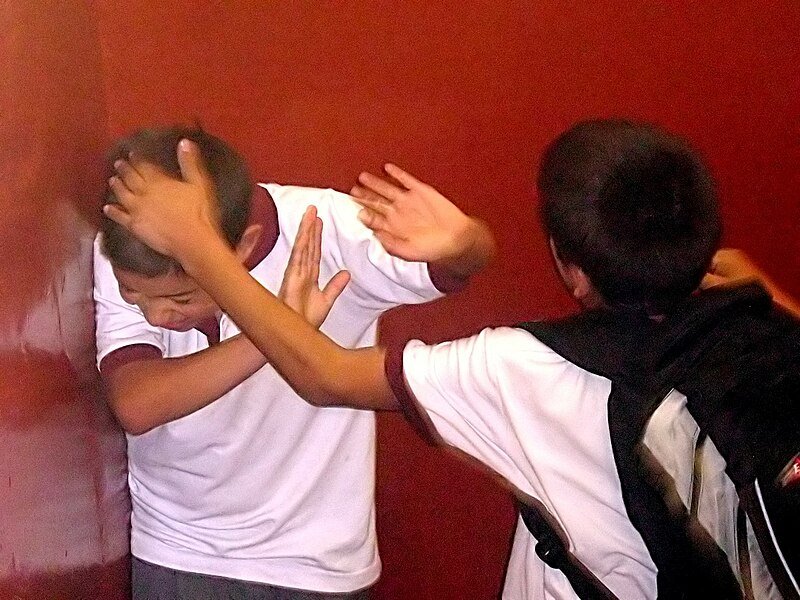School bullying is a serious issue that affects the lives of countless students around the world. It not only impacts their academic performance but also takes a toll on their mental and emotional well-being. As parents, teachers, and members of society, it is our responsibility to create safe and nurturing environments for our children to thrive in. By implementing effective strategies and providing support to those who have been subjected to bullying,
we can work towards preventing incidents of school bullying and ensuring that every student feels valued and respected. In this article, we will explore various strategies and forms of support that can help combat school bullying and foster a culture of inclusivity and kindness within educational institutions.
Understanding the Impact of School Bullying
School bullying is a pervasive issue that can have long-lasting negative consequences for both the victims and the bullies themselves. With the rise of technology and social media, bullying has become more prevalent and insidious, making it crucial for society to understand its impact. The effects of school bullying can be far-reaching and devastating, leading to physical, emotional, and psychological harm.
One of the immediate consequences of school bullying is the decline in the victim’s self-esteem. Constant harassment, humiliation, and exclusion can erode a child’s confidence and sense of self-worth. This can result in social withdrawal, difficulties in forming relationships, and even academic underachievement. The long-term implications of low self-esteem are vast, as it can contribute to anxiety, depression, and a higher risk of substance abuse later in life.
Signs that a child is bullying others may include:
- Getting into physical or verbal fights,
- Getting sent to the principal’s office frequently
- Having friends who bully others, and being problematic
- Becoming increasingly aggressive in normal activities
Additionally, school bullying can have severe psychological effects on both the victims and the perpetrators. Victims may experience heightened levels of fear, anxiety, and stress. They may develop symptoms of post-traumatic stress disorder (PTSD), such as nightmares and flashbacks. On the other hand, bullies themselves may exhibit aggressive behavior beyond school settings, indicating deeper emotional issues that need addressing. It is essential to address these psychological impacts promptly to prevent further harm and promote a healthier school environment.
Additional information about bullying in school
Bullying victims display a variety of defining characteristics, including emotional and physical behaviors. Increased susceptibility stands out as one prominent feature. Bullying frequently targets those who, for various reasons, may believe they are defenseless, different, or weak. Being introverted and feeling alone, they just avoid social situations at all costs. Because of this vulnerability, victims of bullying are more likely to experience anxiety, fear, and low self-esteem.
Moreover, the impact of school bullying extends beyond the immediate individuals involved; it affects the entire school community. Witnessing or knowing about bullying incidents creates a climate of fear, fostering a negative and hostile learning environment. This can impede academic performance, hinder social development, and exacerbate mental health issues for all students. Schools must implement comprehensive anti-bullying programs that not only address the specific incidents but also promote empathy, kindness, and respect among students.
In conclusion, understanding the impact of school bullying is crucial for combatting this pervasive problem. It harms the victims’ self-esteem, leads to long-lasting psychological effects, and creates a negative atmosphere within the entire school community. By raising awareness, implementing effective intervention strategies, and fostering a culture of compassion and inclusivity, we can work together to eliminate school bullying and ensure a safe and nurturing educational environment for all.






